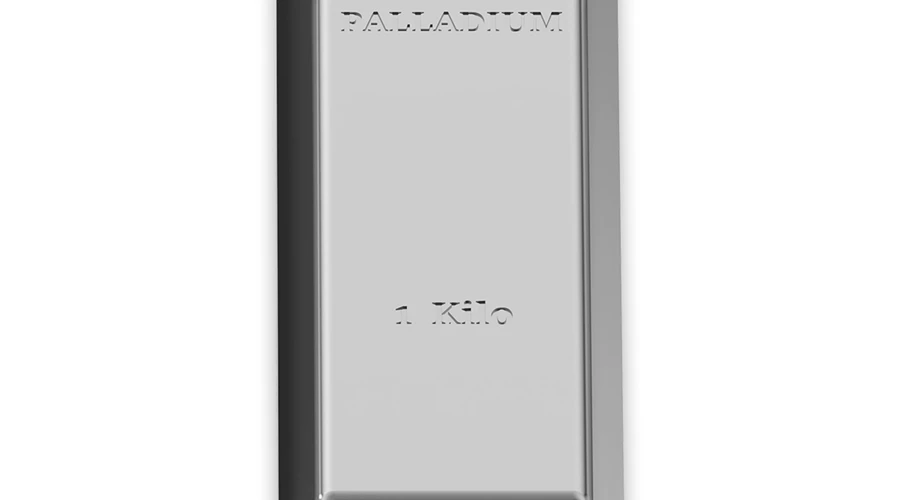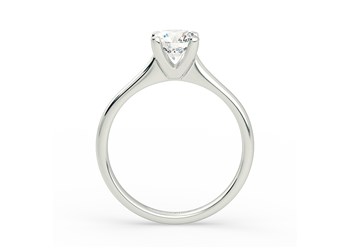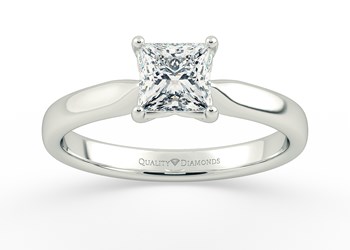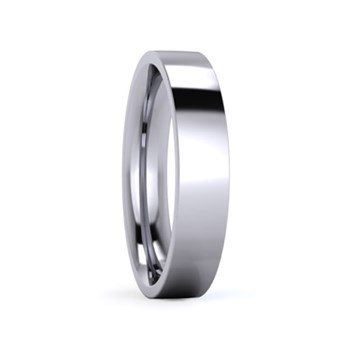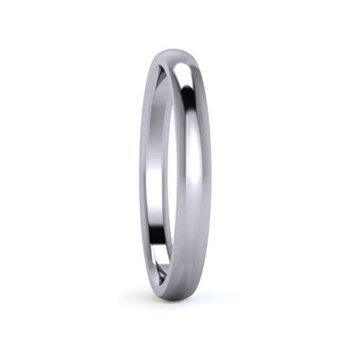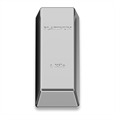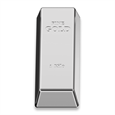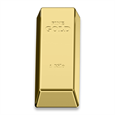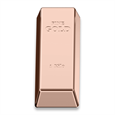Sign up for our Newsletter
Palladium 950
Palladium is a naturally bright white metal with a brilliant shine which, like platinum, complements the pure colouring of diamonds.
 First described in 1802, it’s a relatively recent discovery and it didn't make its début as a precious jewellery metal until 1939 when platinum was declared a ‘strategic government resource’ during World War II and palladium stepped in to assume the jewellery-making mantle.
First described in 1802, it’s a relatively recent discovery and it didn't make its début as a precious jewellery metal until 1939 when platinum was declared a ‘strategic government resource’ during World War II and palladium stepped in to assume the jewellery-making mantle.
Palladium is part of the platinum group of metals but is much less dense. It feels much lighter in the hand than platinum does. This ‘lightness’ allows it to be used for quite elaborate settings.
Over the years, palladium has mostly been used to make white gold alloys as its naturally white colour means no rhodium plating is required. It has only recently grown in popularity as a jewellery metal in its own right, due to improvements in casting and a sharp increase in the price of platinum.
Instant Expert
- Lustrous silvery-white
- Lighter than platinum
- Lasting colour
- Hypo-allergenic
- £ - Usually, about 45% less expensive than platinum, about a global spike in demand has pushed prices very high at the moment
ADVANTAGES OF PALLADIUM
Unlike white gold, palladium’s naturally bright ‘white’ colour will not fade over time or need re-plating. Its colour will last forever.
Palladium has the look and durability of platinum.
Palladium weighs roughly the same as gold and is as malleable, making it easy to shape into any design.
Palladium is ideal for allergy sufferers as it doesn't contain any nickel.
DISADVANTAGES OF PALLADIUM
Some people don’t like the ‘light’ feel of palladium compared with platinum.
Because it’s a relative newcomer to the jewellery market, it’s too soon to say whether palladium will keep its value so it’s probably not the best metal to choose if you’re looking to make a long-term investment.
We also have an additional range of palladium jewellery to choose from, which we can source on request, so feel free to contact us if you can't find what you are looking for.
Of course, we are more than happy to help you design your own bespoke palladium jewellery. Click here to find out more.
Finally, in case you were wondering, we only use palladium 950, as it is the highest quality available... and you deserve the best :-)
For more inspiration, why not follow us on Instagram @QualityDiamonds
-
Ethically Sourced Diamonds
-
Handmade in the UK
-
FREE Shipping Worldwide
-
60 Day Returns

